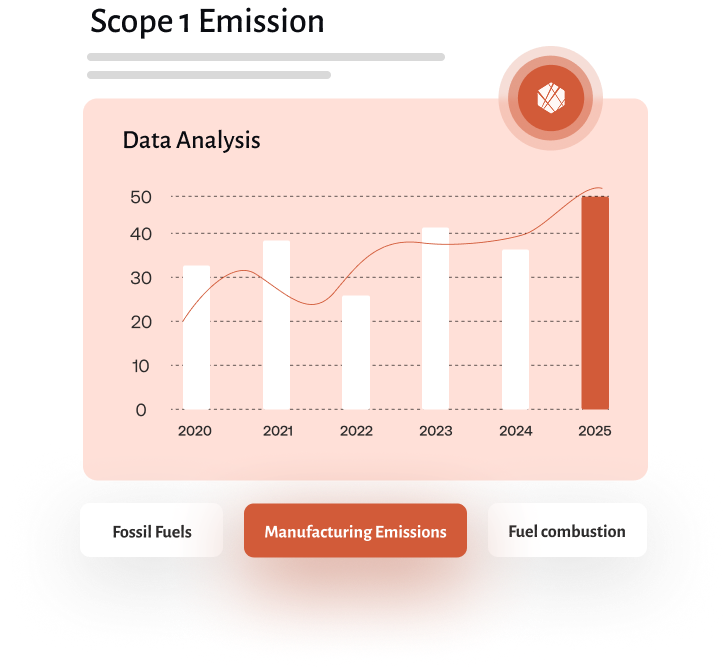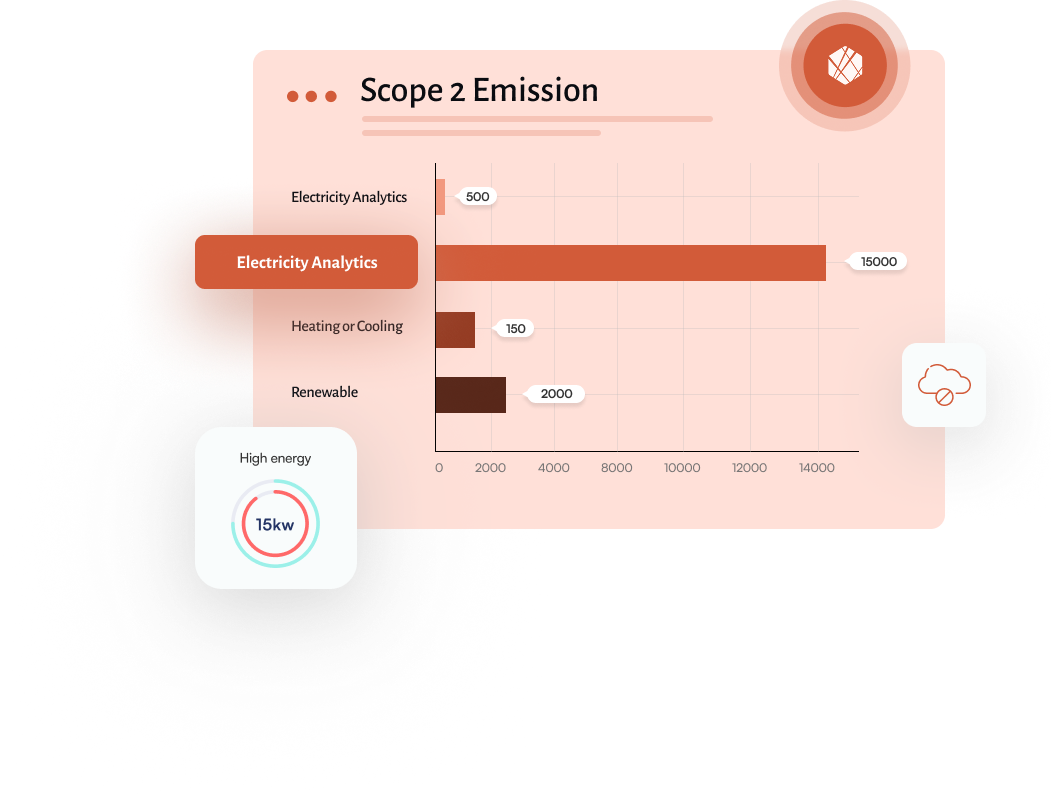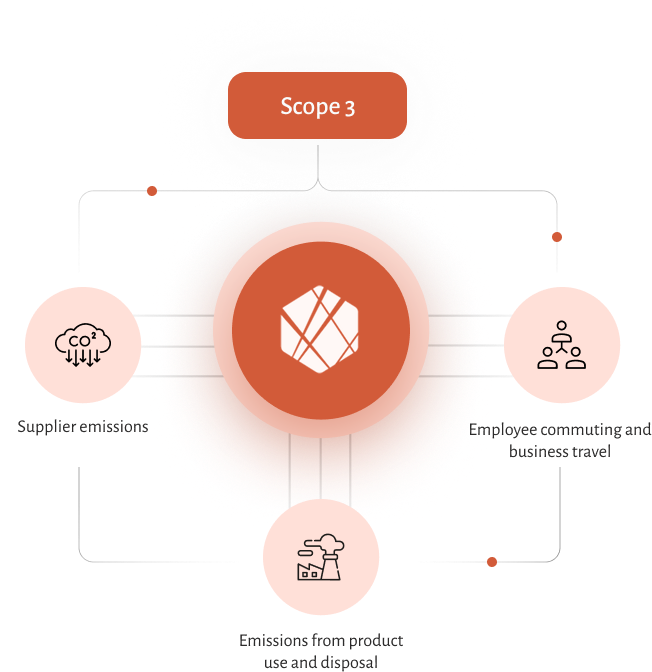Greenhouse gas (GHG) emissions are divided into three categories based on their source: Scope 1, Scope 2, and Scope 3. Understanding these categories is essential for accurate carbon accounting and meeting regulatory requirements.

Understanding Scope 1,2 and 3 Emission
Scope 1
Direct Emissions from Operations
Scope 1 emissions come directly from a company’s owned or controlled sources.
This includes:
- Fuel combustion in company-owned vehicles
- On-site manufacturing emissions
- Facility heating using fossil fuels
Floodlight’s Approach to Scope 1
Satellite Data & Modeling
We use satellite measurements and emissions to assess facility-level emissions.
Cross-Checking with Reported Data
We compare reported numbers with independent data sources for verification.

Scope 2
Indirect Emissions from Purchased Energy
Scope 2 covers emissions from electricity, steam, heating, or cooling that a company purchases. These emissions occur at the power plant but are attributed to the company using the energy.
Floodlight’s Approach to Scope 2
Energy Consumption Analysis
We assess energy use based on operational data and location-based emissions factors.
Renewable Energy Adjustments
If companies purchase renewable energy credits (RECs) or engage in power purchase agreements (PPAs), we factor that into Scope 2 calculations.

Scope 3
Indirect Emissions from the Supply Chain and Product Lifecycle
Scope 3 includes emissions from sources not owned or controlled by the company, such as:
- Supplier emissions (materials, transportation, and production)
- Employee commuting and business travel
- Emissions from product use and disposal
These emissions make up about 80% of a company’s total carbon footprint, yet they are the most difficult to track.
Floodlight’s Approach to Scope 3
Supplier Data Analysis
We collect and assess supplier-provided emissions data.
Independent Data Scanning
If supplier data is unavailable or uncertain, we use alternative methods to estimate emissions.
Cradle-to-Grave Emissions Mapping
We help companies understand their full value chain impact, from raw material extraction to product disposal.
Connection to Avoided Emissions (Scope 4)
We also assess potential emissions reductions from products and business changes.

Why This Matters
Accurate emissions tracking helps companies:
sustainability efforts
Floodlight provides fact-based, data-driven analysis to improve emissions reporting across Scope 1, 2, and 3.
Get Started with Floodlight
Understanding and reporting emissions doesn’t have to be complicated. Contact us to learn how we can help.














